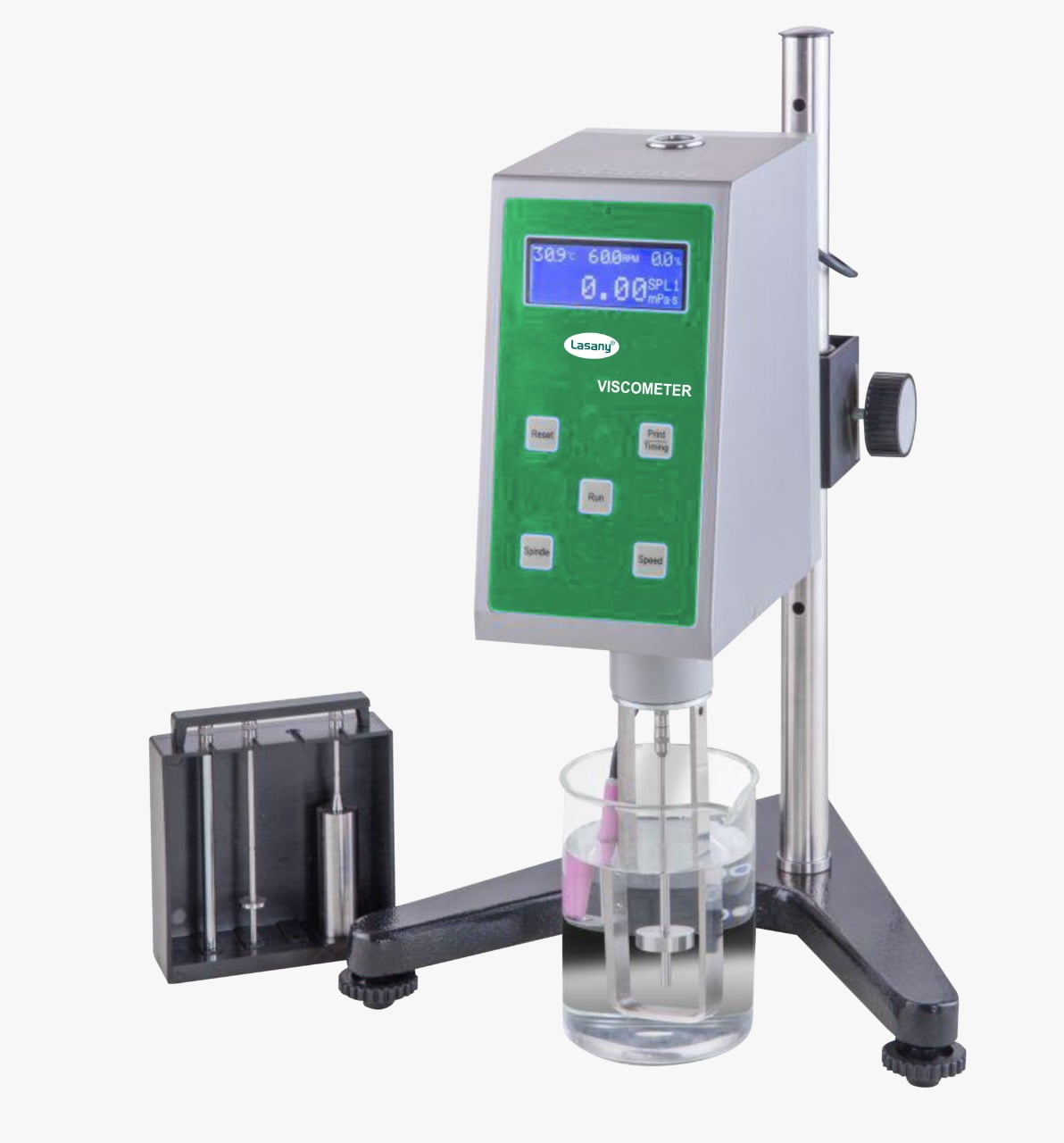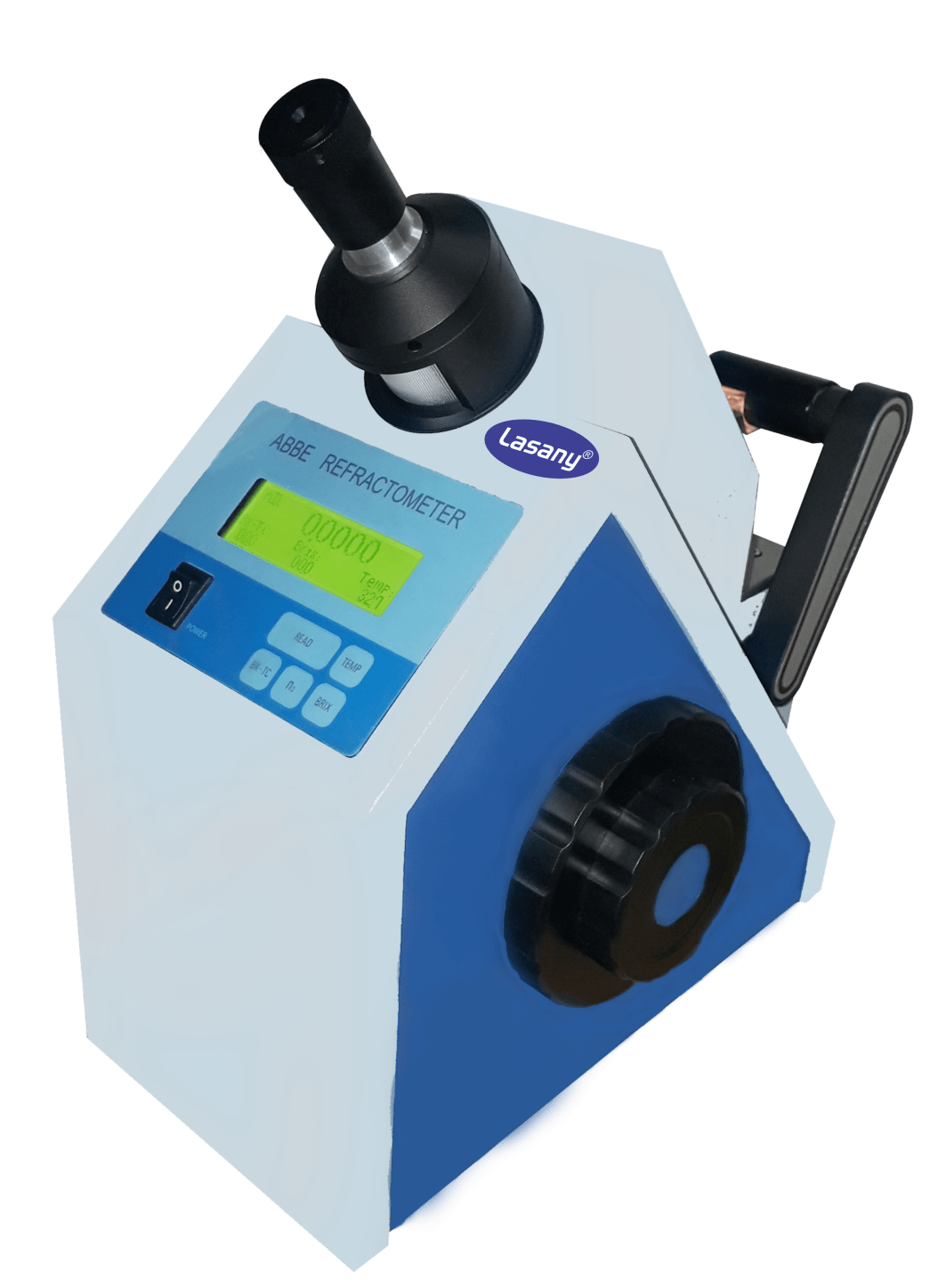Description
Plasma Expressor – IP-1
Lasany Plasma Expressor is specifically designed to extract blood components from centrifuged bags. It features a spring-loaded front panel that applies pressure to the collection bag, causing the liquid to be contained in a transfer bag. The device is constructed with sturdiness in mind, making it durable and reliable. Additionally, it is easy to use and portable, allowing for convenient transportation and operation.
plasma expressor is a medical device used primarily in blood banks and laboratories to separate plasma from whole blood. The device operates by applying gentle pressure to a blood bag, effectively pushing the plasma to flow out through a dedicated outlet while leaving the red blood cells and other components behind. Here is a detailed description of its components and functionality:
Components of a Plasma Expressor
Pressure Plate or Roller Mechanism:
- The core component that applies pressure to the blood bag.
- Can be a flat plate that compresses the bag or a roller that squeezes the contents.
Support Plate:
- Holds the blood bag in place during the separation process.
- Ensures that the bag remains stable to facilitate efficient plasma extraction.
Filtration or Separation Mechanism:
- Filters to prevent unwanted blood components from passing through.
- May include a sensor to detect the plasma and stop the flow once separation is complete.
Control Unit:
- Manages the pressure applied to ensure consistent and gentle separation.
- May include settings for different blood bag sizes and types.
Output Tubing and Ports:
- Channels through which the separated plasma exits the device.
- Typically includes connectors for sterile transfer to collection bags.
Safety Features:
- Sensors to detect pressure levels and prevent over-compression.
- Alarms for malfunctions or completed processes.
Functionality
Loading:
- The blood bag, containing whole blood, is placed into the plasma expressor.
- The bag is positioned so that the plasma outlet is correctly aligned with the tubing for collection.
Activation:
- The device is activated, starting the pressure application.
- Gentle and controlled pressure ensures that the red blood cells and heavier components remain in the original bag.
Separation:
- As pressure is applied, plasma, which is lighter and more fluid, is forced out through the outlet.
- The separation continues until sensors detect that mostly red blood cells and other components are left.
Collection:
- The separated plasma is collected in a secondary bag or container.
- The process stops automatically once the desired amount of plasma is collected or the bag is nearly empty of plasma.
Completion and Safety Check:
- The device typically performs a safety check to ensure all components are functioning correctly.
- Alarms or indicators signal the end of the process.
Applications
- Blood Banking: Used in the preparation of blood components for transfusion, allowing for the collection of plasma which can be used in various treatments.
- Clinical Laboratories: Facilitates the preparation of samples for diagnostic testing.
- Research: Supports studies that require plasma for various experiments and trials.
Advantages
- Efficiency: Speeds up the plasma separation process compared to manual methods.
- Consistency: Provides uniform and reliable separation, enhancing the quality of collected plasma.
- Safety: Reduces the risk of contamination and errors associated with manual handling.
Maintenance and Care
- Regular Cleaning: Ensures the device remains sterile and free of contaminants.
- Calibration: Periodic checks and calibrations maintain accurate pressure settings.
- Inspection: Regular inspections for wear and tear, especially on pressure mechanisms and sensors.
Special Features
- White powder-coated mild steel cabinet withstand corrosion, wear & tear on continuous usage.
- Compression plate designed to exert uniform pressure on the blood bag.
- Attractive front panel bezel










